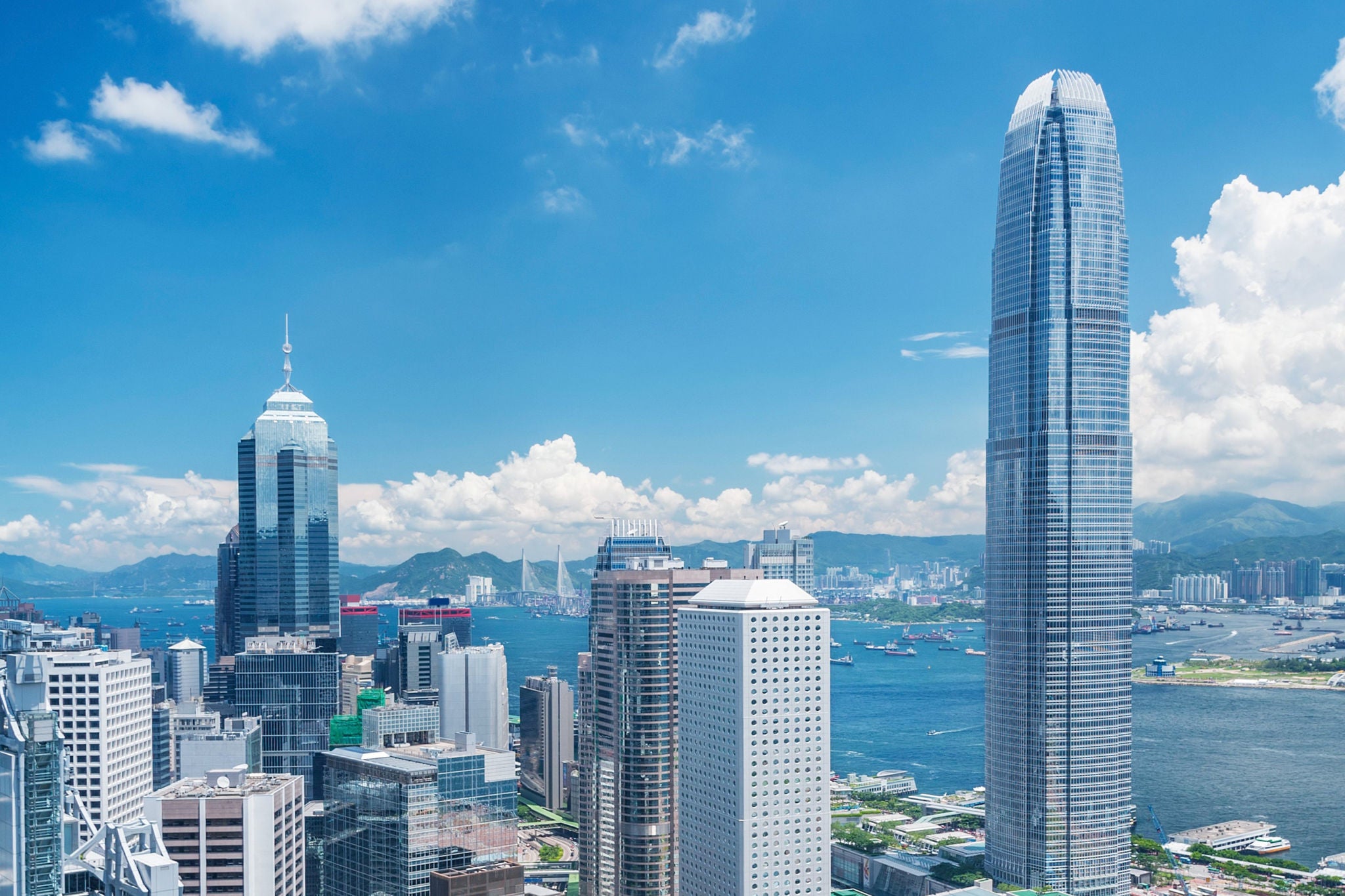In this regard, the FS has also proposed various measures which demonstrate the government has spared no effort to attract strategic enterprises, talent and investments to Hong Kong and explore new markets in the Middle East and member states of The Association of Southeast Asian Nations.
In addition, to boost consumption and tourism, the FS also earmarked HK$1.09 billion for promoting tourism and organizing various mega and district-based events.
Estimated fiscal position for 2023-24 and in the subsequent few years
The FS announced that Hong Kong would record an estimated budget deficit of HK$101.6 billion for 2023-24, leaving the estimated fiscal reserves as of 31 March 2024 to HK$733.2 billion, representing only about 12 months of government expenditure.
Furthermore, the FS also forecasted that Hong Kong will also record consolidated budget deficit of HK$48.1 billion for 2024-25 and the recurrent operating account will only return to the budget surplus in 2026-27.
Given such fiscal constraints, the FS indicated that in the next five years, Hong Kong will issue bonds in the range of HK$95 billion to HK$135 billion annually, thereby maintaining Hong Kong’s government debts in the range of about 9% to 13% of its gross domestic product from 2024-25 to 2028-29. The FS however emphasized that the proceeds of these bonds would only be used for the capital and infrastructure projects and not to fund recurrent government expenditures.
How to achieve fiscal balance gradually
At the same time, the FS also outlined the plan to achieve fiscal balance gradually and maintain fiscal reserves at a prudent level by way of a twin-approach of cutting government expenditure and increasing government revenue. On cutting government expenditure, details of the plan included freezing growth in civil service establishment, reducing recurrent government expenditure by another 1% in each of the next two fiscal years and reviewing how the government’s various transport subsidy schemes can be overhauled to ensure sustainability. In respect of the last item, the FS however emphasized that he had no intention to cancel these schemes.
On increasing government revenue, the FS proposed to introduce a two-tiered standard rates regime for salaries tax and tax under personal assessment starting from the 2024-25, Under this proposal, while the first HK$5 million of assessable income will be taxed at 15%, the excess will be taxed at 16%. In addition, the FS will reintroduce the Hotel Accommodation tax at 3% starting from 1 January 2025. Other proposed revenue raising measures included adjusting fees based on “affordable users pay” principle and increasing rates at a progressive scale for domestic tenements with a rateable value of HK$550,000 or above effective from the first quarter of 2025.
Scaling down of usual one-off relief
On supporting people and enterprises, the FS proposed (i) rates concession for domestic and non-domestic properties for the first quarter of 2024-25, subject to a HK$1,000 ceiling; (ii) reducing salaries tax and tax under personal assessment for 2023-24 by 100%, capped at HK$3,000; (iii) reducing profits tax for 2023-24 by 100%, capped at HK$3,000 and (iv) providing extra half-month payments to various welfare schemes recipients.
The Financial Secretary (FS) referred to the following tax measures and developments that Hong Kong has recently implemented, or which are currently being considered, with a view of promoting Hong Kong’s economic development and enhancing its co-operation on international tax matters.
Patent box tax incentive
A bill introducing a patent box tax incentive in Hong Kong would be introduced into the Legislative Council in the first half of 2024. The proposed incentive would allow eligible intellectual property (IP) income derived from eligible IP assets that are patents or patent-like to be taxed at a concessionary tax rate of 5% in Hong Kong.
Under the proposed incentive, the following onshore-sourced income derived from the eligible IP assets would be taxed at 5% instead of 16.5%:
- Income derived from an eligible IP asset in respect of the exhibition or use of, or a right to exhibit or use (whether in or outside of Hong Kong) the asset; or the imparting of, or undertaking to impart, knowledge directly or indirectly connected with the use (whether in or outside of Hong Kong) of the asset, i.e., covering most royalties or licensing income;
- Income arising from the sale of an eligible IP asset (apparently only applies to eligible IP assets that are revenue in nature given that onshore income derived from the sale of eligible IP assets that are capital in nature would be non-taxable capital gains in Hong Kong under section 14 of the Inland Revenue Ordinance (IRO); and
- Where the sales price of a product or service includes an amount which is attributable to an eligible IP asset – such portion of the income from those sales that, on a just and reasonable basis, is attributable to the value of the asset (e.g., that ascertained based on the transfer pricing principles and methodologies).
A local registration requirement for the eligible IP assets, where applicable, has been proposed to encourage and promote more local filings in Hong Kong such that the relevant inventions would comply with the relevant requirements in the region.
In addition, the calculation of the extent of the eligible IP income that will be subject to the concessionary tax rate would need to be ascertained based on the “nexus approach”, thereby requiring detailed record of the relevant research and development (R&D) expenditure or acquisition costs in relation to the creation of the eligible IP assets.
The proposed incentive would be an important policy tool for encouraging the industrial and R&D sectors, creative industries and IP users to engage in more IP creation and exploitation for manufacturing and or trading activities to meet their strategic needs of upgrading products and services and moving up the value chain.



